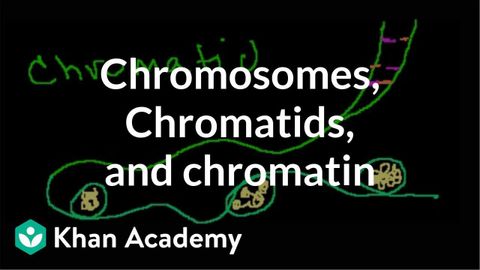染色體、染色體、染色質等。 (Chromosomes, Chromatids, Chromatin, etc.)
keep seeing 發佈於 2021 年 01 月 14 日  沒有此條件下的單字
沒有此條件下的單字US /ɪˈsenʃəli/
・
UK /ɪˈsenʃəli/
- adv.本質上 ; 本來 ; 實質上;本質上;實際上
- n. (c.)圍巾;披肩;(食物)捲
- v.t.包起;纏繞;盤繞;纏繞
US /ˈstrʌk.tʃɚ/
・
UK /ˈstrʌk.tʃə/
- n. (c./u.)結構;建築物
- v.t.構成;組織
US /'sepəreɪt/
・
UK /'sepəreɪt/
- adj.不同的;個別的
- v.t.分開;使分離
- v.i.(夫妻)分居

